Each generation of computers saw a significant advancement in terms of hardware, features, capabilities, and performance. Every subsequent generation produced more reliable computers than its predecessors. The core technology used in each generation was different and made computers more efficient than their forerunners.
The first generation of computers used vacuum tubes, the second leveraged transistors, the third utilized integrated circuits, the fourth was dependent on VLSI circuits, and the fifth relied on artificial intelligence and ULSI. As the core technology changed, computers saw substantial progress.
In this article, we shall talk about the fourth generation of computers that solely relied on Very Large Scale Integrated (VLSI) circuits.
Fourth Generation of Computer: Overview
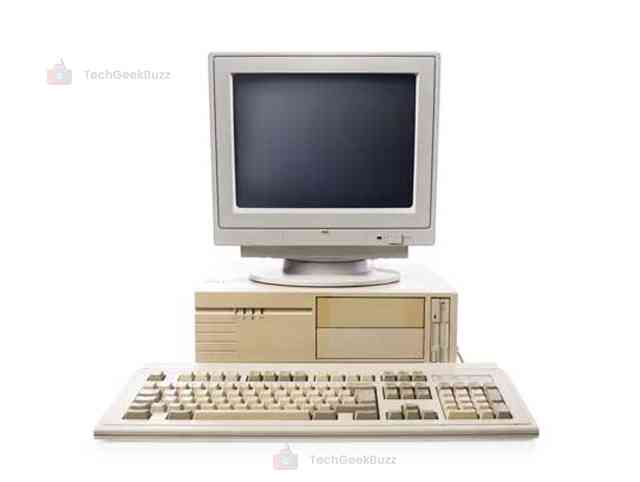
The fourth generation of computers started in 1971 and lasted for around 9 years. These computers leveraged large-scale integrated (VLSI) technology, combining millions and billions of metal-oxide semiconductors (MOS) transistors on a single chip. VLSI started in the 1970s, and microprocessors and memory chips were popular VLSI devices at that time.
Microprocessors powered fourth-generation computers. They were small chips with a fingernail width consisting of thousands of small electronic components. Hence, it became possible to manufacture PCs of compact sizes that could fit on a desk. This minimized size of computers resulted in the development of microcomputers.
Despite the small size, this generation of computers performed advanced-level activities and complex computations. Furthermore, these computers used semiconductor memory as the main memory rather than magnetic core memory. Hence, the storage capacity was larger.
In short, microprocessors were used as a central processing unit (CPU), and chips were used as dynamic RAM (Random Access Memory) in the fourth generation of computers. Besides, these computers were more reliable, faster, and portable than their predecessors. They required a small amount of electricity.
IBM 4341, PDP-11, Star 1000, CRAY-1, CRAY-X-MP (SuperComputer), and DEC 10 are popular examples of the fourth generation of computers.
Architecture
The fourth generation of computers had five separate units - input, arithmetic & logic, memory, output, and control units.
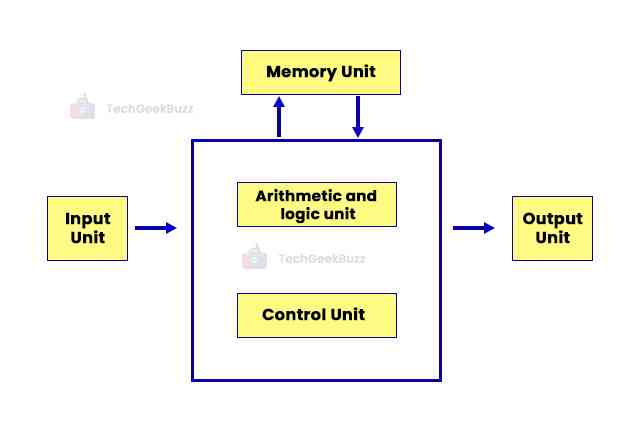
- Input Unit: The input unit accepts input from a user through various input devices , such as a keyboard, mouse, microphones, etc.
- Arithmetic & Logic Unit: ALU performs arithmetic (addition, subtraction, multiplication, and division) and logical (AND, OR, and NOT) operations. It processes data and instructions the control unit provides.
- Memory Unit: It consists of the main memory (Random Access Memory) and all other types of storage holding data and instructions for execution.
- Output Unit: It retrieves processed information from the main memory and displays it on output devices , such as a monitor, printer, etc.
- Control Unit: It is the brain of the CPU and monitors the sequence of operations to be executed.
What is a Microprocessor?
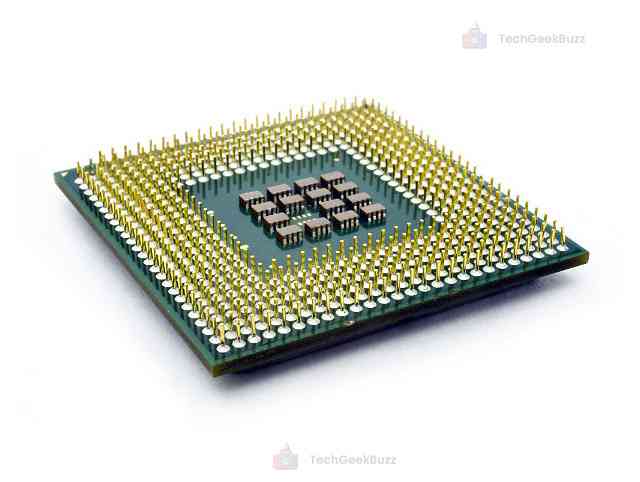
A microprocessor is a computer processor that combines data processing logic and control on a single chip. It consists of arithmetic, logic, and control units and performs functions similarly to a computer’s CPU.
In other words, a microprocessor is a multipurpose, register-based digital integrated circuit that accepts binary data as input, processes it according to the instructions stored in the memory, and displays the desired output.
The VLSI (Very Large Scale Integration) technology has enabled the integration of a whole CPU on a single circuit or a few integrated circuits. This significantly reduced the processing power cost. Also, these integrated circuit processors are inexpensive as they are produced in mass using automated metal–oxide–semiconductor (MOS) fabrication processes.
Characteristics of the Fourth Generation of Computer
Here are the salient features of the fourth generation of computers:
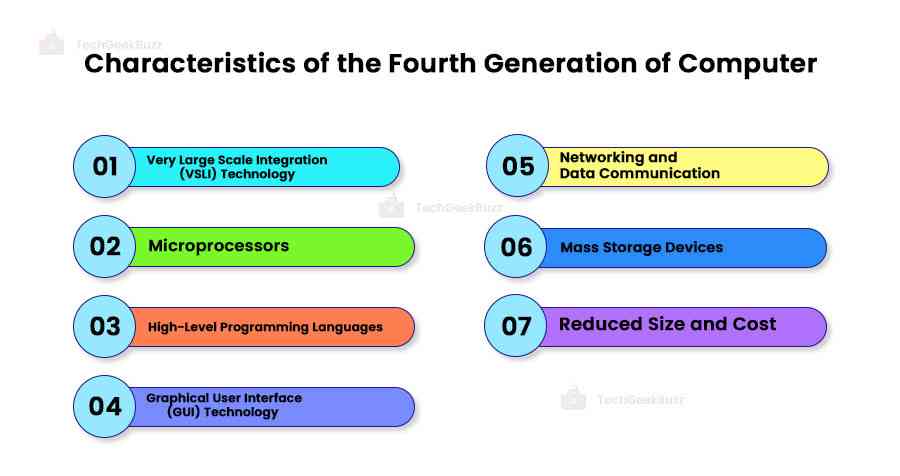
-
Very Large Scale Integration (VLSI) Technology
The VLSI technology has made it possible to integrate millions and billions of transistors, diodes, and other components on a single semiconductor chip called a microprocessor. The use of a microprocessor made computers more reliable, capable, efficient, and faster. Computers were capable of performing complex and sophisticated tasks.
-
High-Level Programming Languages
High-level programming languages, such as C, C++, DBASE, ADA, and many others, were widely used for software development. These languages make it easy for programmers to quickly read and write code and create applications. They also increase the productivity of programmers and enable the development of portable software that runs across different platforms.
-
Graphical User Interface (GUI) Technology
The fourth generation of computers witnessed the advent of the graphical user interface (GUI) technology. A GUI is a user interface that acts as a bridge between users and electronic devices. It uses graphical icons rather than text-based commands to interact with devices. As a result, computers have become more user-friendly and intuitive.
-
Networking and Data Communication
This era of computers laid the foundation for networking and data communication. With the introduction of the internet, computers can now connect and share data more quickly than before. Additionally, networking research and development produced the TCP/IP protocol , the foundation of the Internet today.
-
Mass Storage Devices
The fourth generation of computers also witnessed the introduction of large-capacity storage devices, such as hard disk drives (HDDs). Hence, computers were able to hold a large amount of data and handle more complex and large datasets.
-
Reduced Size and Cost
A microprocessor, a small semiconductor chip, hosts billions of transistors and other components. This reduced the size of fourth-generation computers than their predecessors. These computers were affordable, energy-efficient, and more compact, making them accessible to individual users.
Advantages and Disadvantages of the Fourth Generation of Computer
Let us now discuss the remarkable advantages and significant drawbacks of the fourth generation of computers.
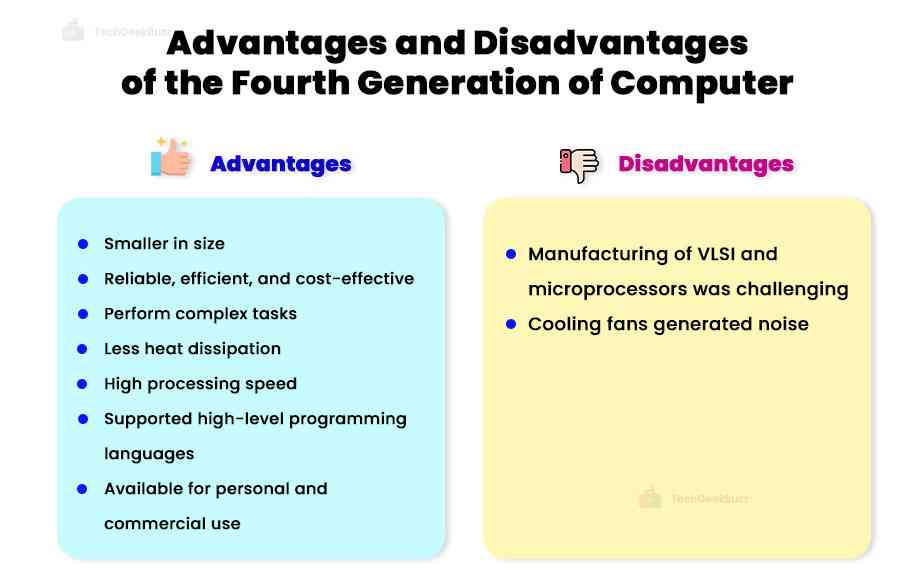
Advantages
- The size of the computers was reduced significantly due to the use of a small semiconductor chip called a microprocessor.
- A microprocessor made computers more reliable and efficient, enabling them to perform complex tasks.
- This generation saw the rise of networking with the advent of the Internet.
- Computers were less expensive than in previous generations.
- The heat generated by computers was negligible. Hence, computers do not need an air conditioning system.
- The processing power of computers was commendable.
- Computers did not require hefty maintenance costs.
- Input and output devices were pretty easy to operate and handle.
- The use of high-level languages, such as C, C++, etc., was possible.
- Fourth-generation computers were suitable for individual and commercial purposes.
Disadvantages
- The manufacturing of VLSI circuits was a challenging task and required sophisticated technology.
- The design and production of microprocessors required skilled workers and cutting-edge technology.
- Computers required fans for cooling, which generated noise during high usage.
Examples of the Fourth Generation of Computers
Here are some common examples of fourth-generation computers:
1. Micral
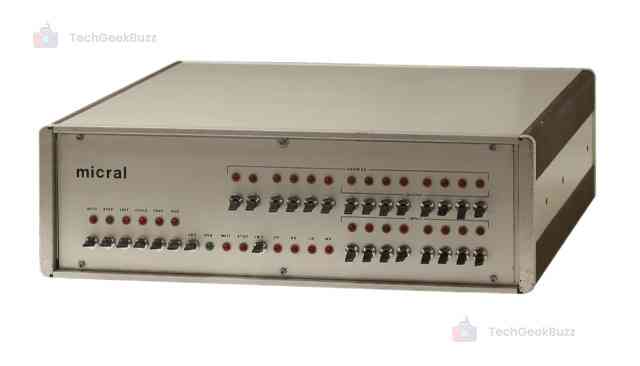
Micral is a series of microcomputers that started with the Micral N model in 1973. It was the first commercially-available microprocessor-based computer. Also, it was awarded the title ‘first personal computer using microprocessor’.
This model was based on the Intel 8008 microprocessor. It featured a backplane bus called Pluribus with a 74-pin connector and supported 14 boards to plug in. However, Micral N was programmed using punched tapes. It leveraged a teleprinter or modem for I/O.
The second and third models of Micral were Micral G and Micral S. The later models include Micral M, Mircal CZ, Micral C, Micral V Portable, and R2E Micral CCMC.
2. IBM 5100
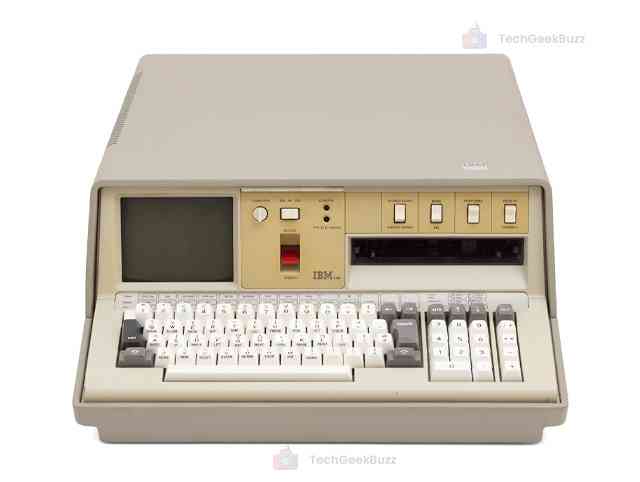
The IBM 5100 portable computer was released in 1975. It was based on a 16-pin processor module called PALM (Program All Logic in Microcode). It featured a simple ROM and RAM memory totaling 64 KB.
This computer weighed around 55 pounds. In 1975, a magazine stated this computer as a ‘50-lb package of interactive personal computing’. Furthermore, it came with a keyboard, five-inch CRT display, processor, tape driver, 100 KB of ROM, and 64 KB of RAM.
3. Altair 8800
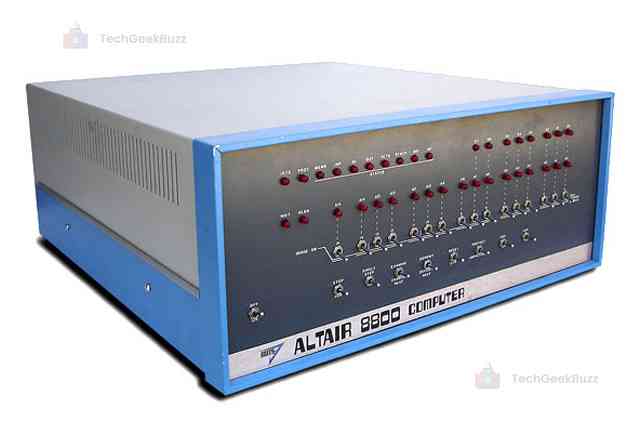
Designed in 1974, Altair 8800 is another notable computer in the list of popular fourth-generation computers. It is based on Intel 8080 CPU, which was 8-bit clocked at 2 MHz. It featured 1024 memory boards with 256 bytes of memory.
Altair 8800 was designed using assembly or machine language. It did not come with a keyboard, monitor, or printer. It would take input from switches and generate output from flashing lights.
Conclusion
The fourth generation of computers saw a significant technological revolution. The core technology shifted from integrated circuits to microprocessors, which combine billions of transistors and other components on a single chip. This was the primary reason for the reduced and compact size of fourth-generation computers.
Furthermore, microprocessor-based computers were more efficient, reliable, and cost-effective. They consumed less power and generated less heat. Also, they did not require frequent maintenance and were available widely for personal and commercial use.
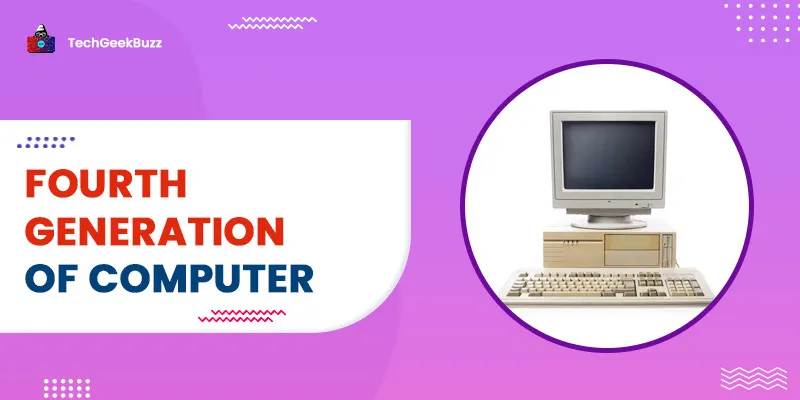

![What is an Assembler? [Definition, Working, & Types]](/media/new_post_images/What_is_Assembler.jpg)
![What is I/O? [Types, Examples, & Methods]](/media/new_post_images/What_is_I_O.webp)

Leave a Comment on this Post